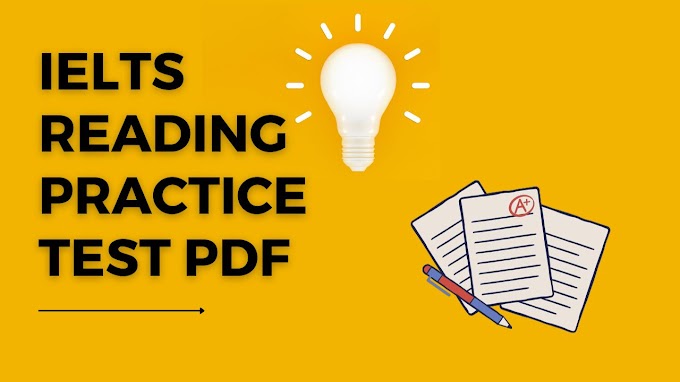The Eccentric Engineer IELTS reading answer
Genetic engineering gets a bad press with talk of 'playing God' and 'Frankenstein foods
truth this had always been an area of engineering where the precautionary principle has held
that, in the absence of scientific consensus, the burden of proof lies in showing that an interaction is not harmful. This is largely thanks to one man.
 |
The Eccentric Engineer IELTS reading answer |
In early 1971 Paul Berg and his team at Stanford University in California were working at the
edges of biological science. Following the pioneering work of Crick and Watson identifying the D
helix, they were now looking at ways of splicing together sections of DNA from different organisms
and then using a virus to inject the resulting genome into a living cell -a technique is known toda,
as Recombinant DNA (rDNA). This held out the prospect of identifying the effects of genes and
perhaps later taking particular beneficial genes from one creature and inserting them into another
During the 1960s a lot of work had been done using the bacterium every handwash manufacture
loves to hate, E. Coli, and the virus 'lambda' which infects it. What bad not been attempted was
expanding this research into studying mammalian cells and the viruses that might be used to ins
new genetic material into them. In the early 1970s, Berg wondered whether it might be possiblİE
use the Simian Virus 40 (SV40) to carry novel DNA sequences into mammalian cells.
ins problem: with SV40 vas that it was in- only 5000 base pairs long, encoding just fiv
genes - e cancer he would haye to tinker witn it to enable it to pick up other genes and
carry there intea living cell. To achieve this ne decided io try 10 police together SV-0 DNA w
2 DNA fragment: that could replicate independently a cell's genome (a plasmid) constructed
from his old friend the lambda virus and three E. Coli genes This recombinant DNA Would the
be inserted into living E. Coli cells.
Explaining this development to other pioneering genetic engineers at the Cold Spring Harbor
Laboratory Turior Virus Workshop, Long Island, in 1971, Berg s research 13sistan: Janet ivetz
gained a reaction she ivas perhaps not expecting. Microbiolejist Rubert Pollack observed that the
agent they wěre using, SV43, was a tumour-causing virus, which they had now given the ability to
splice itself into the genome of E. Coli. E. Coli was, in turn, a very common bacte:ium resident in t
human intestine. In an urgent call to Berg, Pollack asked: 'What if the E. Coli in your iab escaped in
the environment and into people? It would be a real disaster if one of the agents now being handed
in research shouid, in fact, be a real human cancer agent.' Could they have created a Franken's
bacterium - a common human parasite now with the deadly ability to spread a cancer plague?
The deadly possibilities of recombinant DNA had suddenly become clear: so what was to
done? Concerned that Pollack was over-reacting, Berg canvassed more opinion. Many argue-
that the work was so vial that risks were worthwhile, others that it was a matter of ethics. One
group claimed that the technique posed no particular threat and that 'over-regulating' research
Would be more dangerous.
It was a delicate situation. The lirst steps of Berg's work had been completed; the rDNA had
been painstakingly created. All that remained was to insert
result? A miracle or a monster or just something interesting in-between? With the certainty that
executing the last step in the experiment would be Nobel-worthy stuff, many would have carried
O0regardless, leaving the theoretical problems for others, but Berg chose not to. On 26 July
1974 he published an open letter in Science calling for a voluntary moratorium on some areas
of rDNA research (including his own) until the risks were better understood.
This was followed up the next year at the Conference on Biohazards in Biolog/cal Research.
Here genetic engineers openly discussed the possible outcomes of their research, bringing the
subject to public and government attention and leading to the laying down of strict guidelines
into a living ceil But what would
on the creation and use of rDNA. In the meantime another team had successfully spliced a
gene from a toad into an E Coli bacterium, effectively stealing Berg's thunder.
But Berg's insistence on being an ethical engineer did bear fruit, ushering in a new era of
openness in science. Far from restricting research, it also brought the ideas and terminology of
genetic engineering into the public domain where they belong.
The Eccentric Engineer reading answer
- D
- A
- E
- G
- C
- B
- D
- E
- A
- C
- D
- B
- B
- E
- D
- C
- A
.jpg)


0 Comments